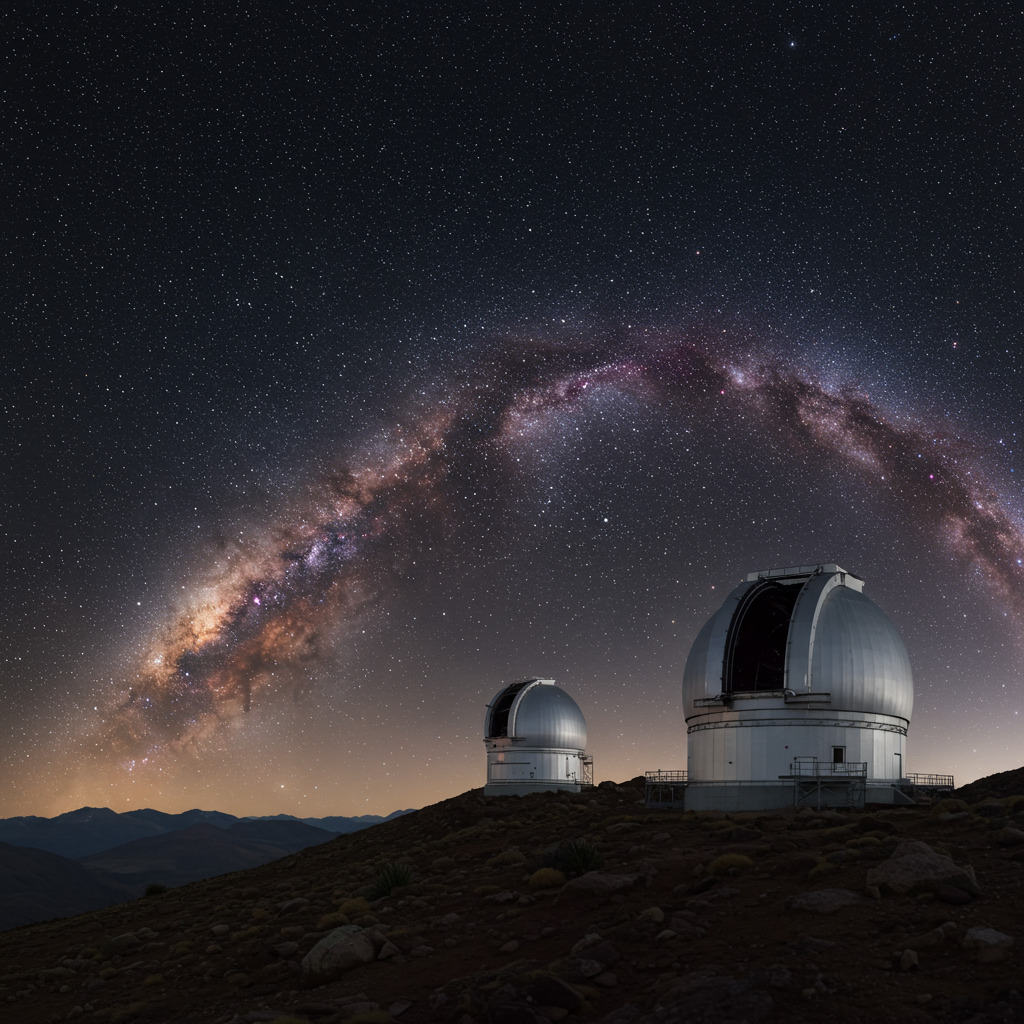Dog-Sized Dinosaur Discovery Forces Re-Evaluation of US Jurassic Past
A recent fossil discovery in Colorado, featuring a dinosaur no bigger than a large dog, is prompting scientists to significantly rethink their understanding of several Jurassic-era species from the western United States. This seemingly small creature, named Enigmacursor mollyborthwickae, or the “enigmatic runner,” is proving that even well-studied regions like the famous Morrison Formation hold substantial secrets yet to be uncovered.
Roaming the ancient floodplains of what is now Colorado around 150 million years ago, during the Late Jurassic period, Enigmacursor mollyborthwickae was a swift, two-legged herbivore. Standing approximately 1.5 feet (0.5 meters) tall and measuring about 3 feet (1 meter) long, its small stature belies its considerable impact on paleontology.
Uncovering the ‘Enigmatic Runner’
The story of Enigmacursor began when a private fossil company excavated its skeleton in Colorado between 2021 and 2022. The specimen was later offered for sale, initially misidentified as Nanosaurus, another small dinosaur known from the same Morrison Formation rock layers. The Natural History Museum in London acquired the skeleton in 2024. This highlights a growing challenge in paleontology, where scientifically significant specimens sometimes enter private collections before museums have the opportunity to study or purchase them, potentially hindering research efforts globally.
Upon closer examination, researchers at the Natural History Museum quickly determined the specimen was not Nanosaurus. Led by study co-authors Susannah Maidment and Paul Barrett, their detailed analysis of the new fossil sparked a broader review of Nanosaurus and other small dinosaurs from the Morrison Formation.
Challenging Existing Classifications
The scientific classification of small-bodied dinosaurs from the Morrison Formation has long been complex and has undergone multiple revisions. Scientists have noted that the fossil record for many of these species is frustratingly poor and incomplete. For instance, Nanosaurus itself was originally described based largely on impressions of bones preserved in rock – a method that makes detailed anatomical study incredibly difficult. Subsequent fossil fragments referred to Nanosaurus were also often poorly preserved.
In prior research, Barrett and Maidment had already concluded that, by modern paleontological standards, species like Nanosaurus lacked sufficient unique characteristics based on the available fossil evidence to be considered distinct and valid.
The discovery of the well-preserved Enigmacursor specimen provided a crucial opportunity. Researchers meticulously studied its anatomy, even using scanning technology to create virtual 3D images of its fossilized bones. This process allowed them to identify a unique combination of features, particularly in its legs, confirming it belonged to a previously unknown species. Interestingly, their analysis suggested its closest known relative was Yandusaurus hongheensis, a Jurassic herbivore found far away in China, suggesting potentially wider evolutionary connections than previously understood.
Naming the Discovery
The name Enigmacursor mollyborthwickae reflects the journey and significance of this discovery. The genus name, Enigmacursor, combines “enigma” – referencing the long-standing mysteries surrounding the classification of small Morrison dinosaurs – and “cursor,” the Latin word for “runner,” hinting at the dinosaur’s probable speedy locomotion. The species name, mollyborthwickae, honors Molly Borthwick, whose generous donation enabled the Natural History Museum to acquire this invaluable specimen.
More Secrets Beneath the Surface
The Morrison Formation is renowned globally for yielding iconic dinosaur fossils, including the colossal long-necked sauropods, the plated Stegosaurus, and the formidable predator Allosaurus. These giants would have shared their environment with the tiny Enigmacursor approximately 150 million years ago.
However, as study co-lead author Susannah Maidment noted, much of the historical focus in the formation has been on finding the largest and most impressive dinosaurs. Smaller species like Enigmacursor have often been overlooked during excavations.
The discovery and rigorous study of Enigmacursor mollyborthwickae underscore a crucial point: despite decades of exploration, the Morrison Formation likely still holds numerous undiscovered fossils, particularly of its smaller inhabitants. Understanding these smaller species is vital for building a complete picture of the complex Jurassic ecosystems that thrived in western North America.
This tiny “runner” dinosaur from Colorado has not only added a new species to the dinosaur family tree but has also highlighted the vast amount of paleontological knowledge that remains hidden beneath the ground, waiting for discovery and careful study. It confirms that the age of unlocking Jurassic secrets in the western US is far from over. A full reconstruction of Enigmacursor mollyborthwickae is now on public display at the Natural History Museum in London.




